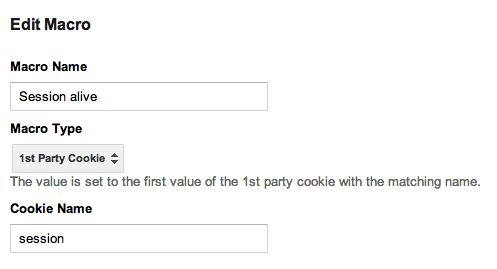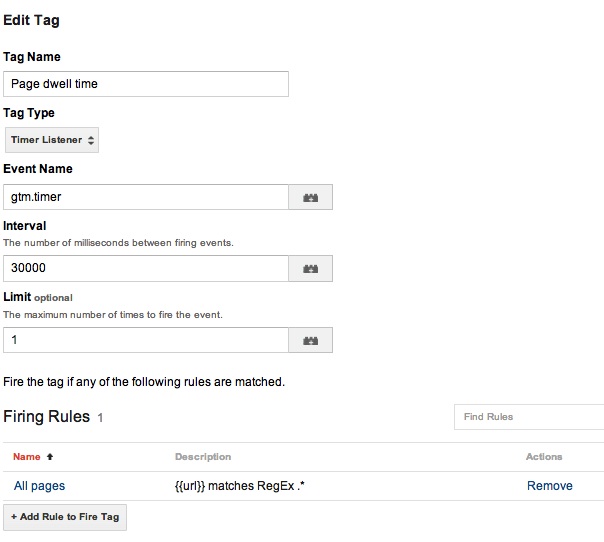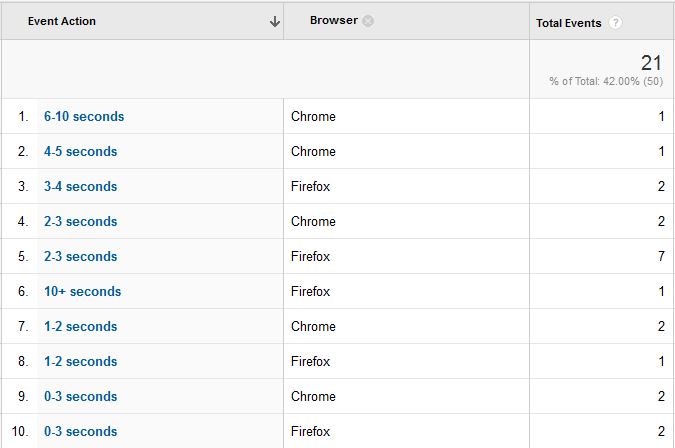There is a new version of this post for GTM V2 here.
While going over my previous post about using weather conditions to segment data in Google Analytics, I started thinking about performance issues. Since I’m using a visit-scope custom dimension, it seems futile to have it send the weather details with every single page load. The odds of the weather changing drastically during one visit are slim (unless you live in the UK), and I have yet to come up with a good reason to change my on-site behavior because the weather changed from a drizzle to a downpour.







